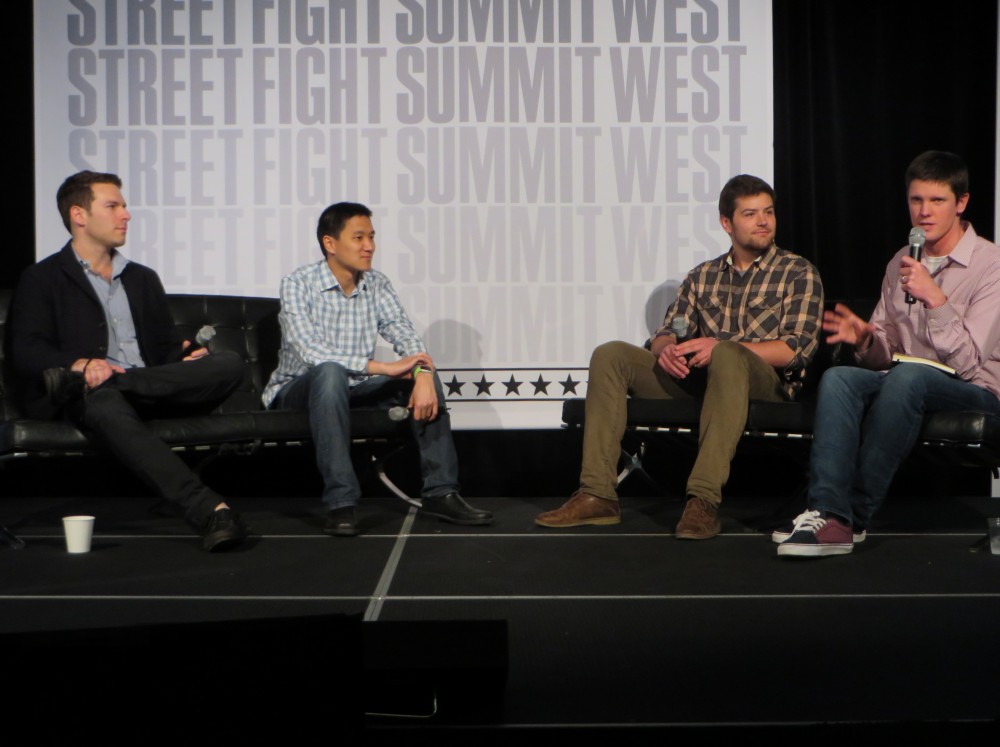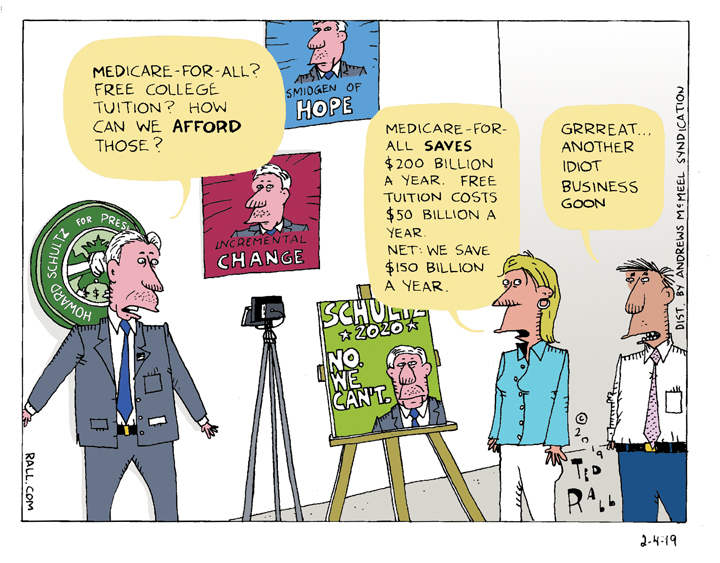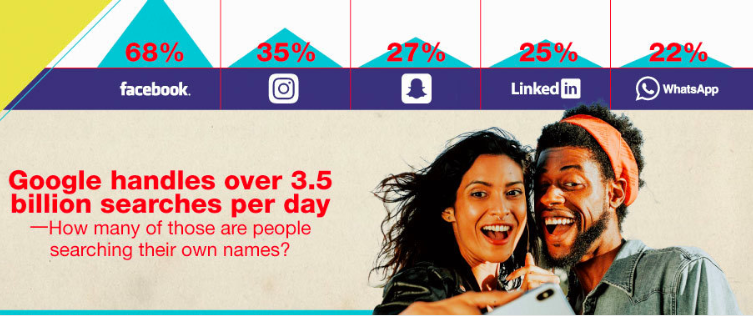aNewDomain — Google’s John Sofield, a panelist at Street Fight Summit West in San Francisco, noted that more than 82 percent of users now choose their mobile devices over other devices for accessing the Internet. Anne Mercogliano of Twitter and Joel Meek of Pinterest agreed with him. More that 80 percent of their users are accessing their services via mobile devices, too.
The challenge now is coming up with the best and most relevant mobile content. But fragmentation is a problem. That’s why deep linking was a hot topic here at the summit.

Danny Bernstein of Google, Bob Lo of Vurb, John Milinovich of Urx and Conor Dougherty of NYT at Fight Summit West in San Francisco.
Making Mobile Work
While searching on mobile devices, apps currently do not make it easy to find the best and most-relevant information. Each app has its own silo of data, which makes it challenging for a user to find specific information, such as photos, articles and other content. This will hopefully be solved through deep linking: apps will link to a specific location within another app, which makes the communication between apps easier and the content more relevant.
The panel, How Deep Linking is Upending Mobile Search, was led by Conor Dougherty of The New York Times and consisted of Urx’s CEO John Milinovich, Vurb’s CEO Bobby Lo and Google’s Director of Product Partnership Danny Bernstein.
The panel addressed how apps talk to each other and whether deep linking solves the problem of fragmentation that exists between apps. The main problem is that apps resemble silos of information, keeping content from one app exclusive and also from reaching users on another app.
According to Lo,
Collaboration amongst apps is difficult, [you need to] communicate with the many silos and make them work for a better experience. Deep linking can gain context to a user’s intent, actions, communications and messaging.”
Vurb’s mission is to create a smarter, more connected mobile world that lets people do more within a single app. And the company is doing it via deep links.
If Vurb seeks to provide a more connected mobile world for the user, Urx looks to provide a world where all devices will talk to one another and provide attribution. Milinovich shared that Urx’s focus is working with companies to gain a profit from AppViews. AppViews can be either paid ads or a way for a company to connect its own apps or those of its partners by placing clickable links within mobile content.
Danny Bernstein of Google pointed out, “Apps are great for actions while websites are still an important factor due to eCommerce. Google is driving it all so all the experiences work together.”
However, not everyone is playing in the same sandbox. A standard needs to be developed when it comes to the deep linking of apps. Google has AppIndexing, Facebook has AppLinks and URX has omnilinks. On the upside, companies are looking for ways to lessen the fragmentation between apps and make it easier to share information among multiple devices. The panel agreed that getting rid of fragmentation would make for a better user experience, and user experience is the primary reason for this endeavor.
For aNewDomain, I’m Julie Blaustein.
All images and screenshots: Julie Blaustein












